
The following are notes from Liz Bohannon’s talk at #GLS19. Use them to help you apply the content you learned at the Summit.
Story of Ethiopian shoe factory: Liz forgot it was Saturday at the factory, and the bell signal meant the day was over, not the lunch break. She continued working and ended up locked in until two Ethiopian women heard her banging on the door for help when they were walking by.
Story of her journey: Five years ago, Liz designed strappy sandals–flip flops that don’t flop. She was not interested in fashion or intending to be a designer. She needed to sell a tremendous amount of sandals to create the community and opportunity she dreamed of for the women in East Africa.
- Realized being locked in the shoe factory she was afraid–not just of the outcome but of the journey she is now on.
- Waking up most days in a state of fear.
- Thought today is the day the curtain got pulled back.
- Felt like an imposter and a fake.
- Not living up to her expectations of using her journalism degree.
- Did she have any business running a business?
Is this all just beginner’s luck?
- Luck refers to the supposed phenomenon of novices experiencing disproportionate frequency of success or succeeding against an expert in a given activity.
- When business decisions and opportunity arose, Liz felt the insecurity of failure and embarrassment.
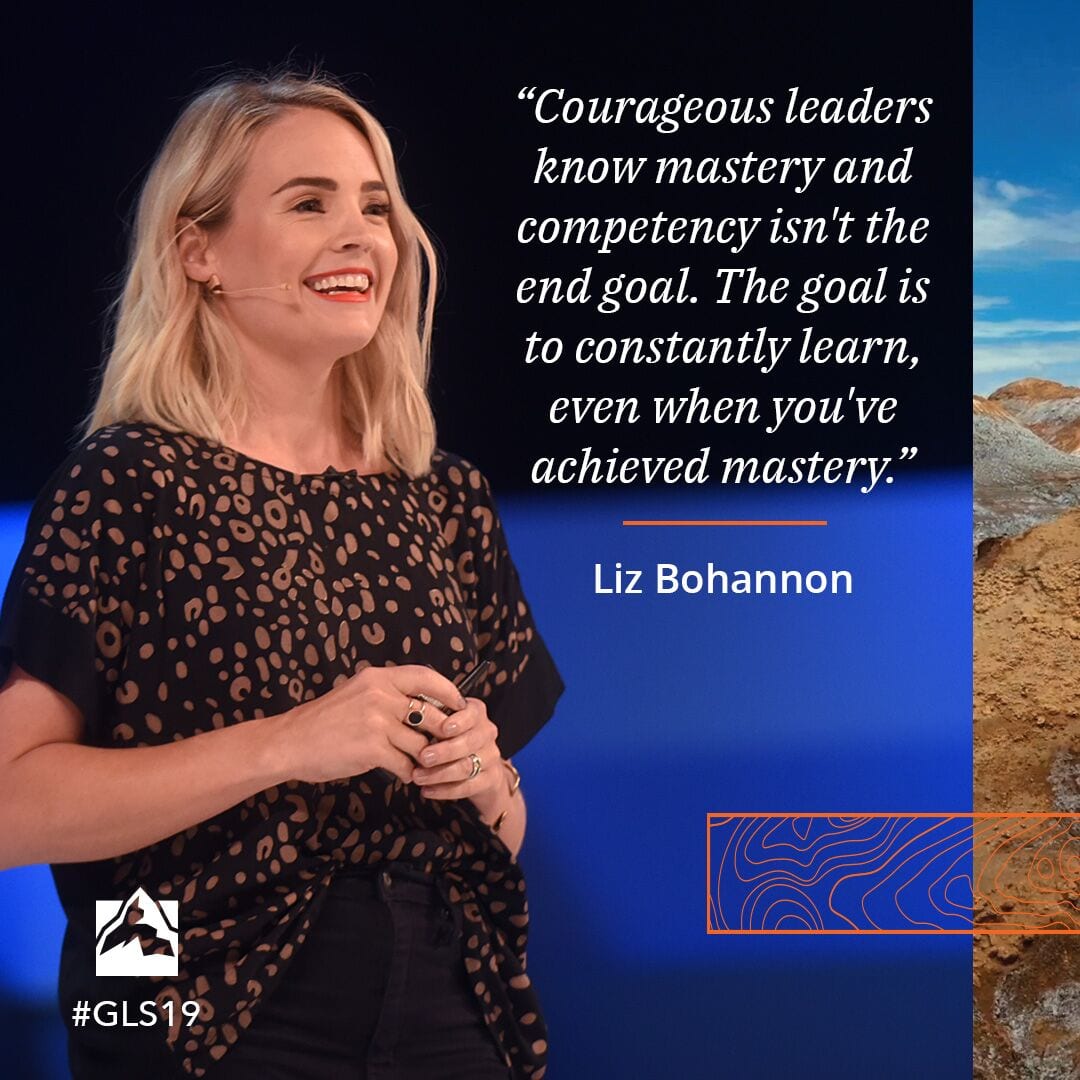
Stages of Learning
Stage 1: Land of unconscious incompetence: You don’t know what you don’t know
Stage 2: Conscious incompetence: You know what you don’t know
-
-
- Where the ego hurts most
- Fake it till you make it” culture
-
Stage 3: Conscious Competence: I can do it, but it takes effort
Stage 4: Unconscious Competence: I am so good at this; I can do it with little effort
-
-
- The stages of learning are a cycle not a step-by-step process
- If we look at it in steps, it limits our ability as leaders, and we act out of fear of losing our place at the top or make comparisons of where we should be
-
How to become a more courageous, innovative and creative leader
1. Dream Small
- You’re never going to find your passion
- Pluck–knowing you don’t need to find a passion but you can build it
- You are average, most of us are living in the middle of the bell curve
- You don’t need to be above average to live an extraordinary life
- If we can just get over ourselves and own our average, we will go on to build lives of purpose, passion and impact
- What is meant to be inspirational is actually creating fear, anxiety and serious analysis paralysis
2. Analysis paralysis
- How do you get the big dream in the first place?
- I have this dream, but I haven’t done anything with it
3. Use your power
- Think of how you can use your power and privilege in your platform to make the world better for others

Story of introductions: When Liz is announced, a lot of times the introducer will say something to the effect of how she quit her one-way job, moved to Uganda. She’s a big dreamer–and while it’s quite nice for her ego, it’s not how the story went down. She moved to Uganda and made friends, started a chicken farm.
- Liz felt passionate about issues women and girls were facing around the world and took classes in college
- She plotted and planned the big dream that would bring millions of girls out of poverty while looking for a job post-graduate school
- Accepted a corporate job, holding the big dream in her back pocket
- What are you saying and what is the community you are building?
- Started dreaming small
- Liz didn’t start with bringing one million girls out of poverty; it started with knowing and making one friend who was experiencing poverty and hardship
- Become a doer not a dreamer
Do not do anything else before giving yourself and those you lead to dream small.
- Leadership isn’t about building your own little kingdom and making your life better; it’s for all
- Nobody needs or wants you to be their hero
- Do the hard work in yourself
- The role of leaders is not to be the hero of anyone else’s story, but rather to do the hard work in ourselves so that we can inspire and equip others to be the hero of theirs
Plucks fly together!



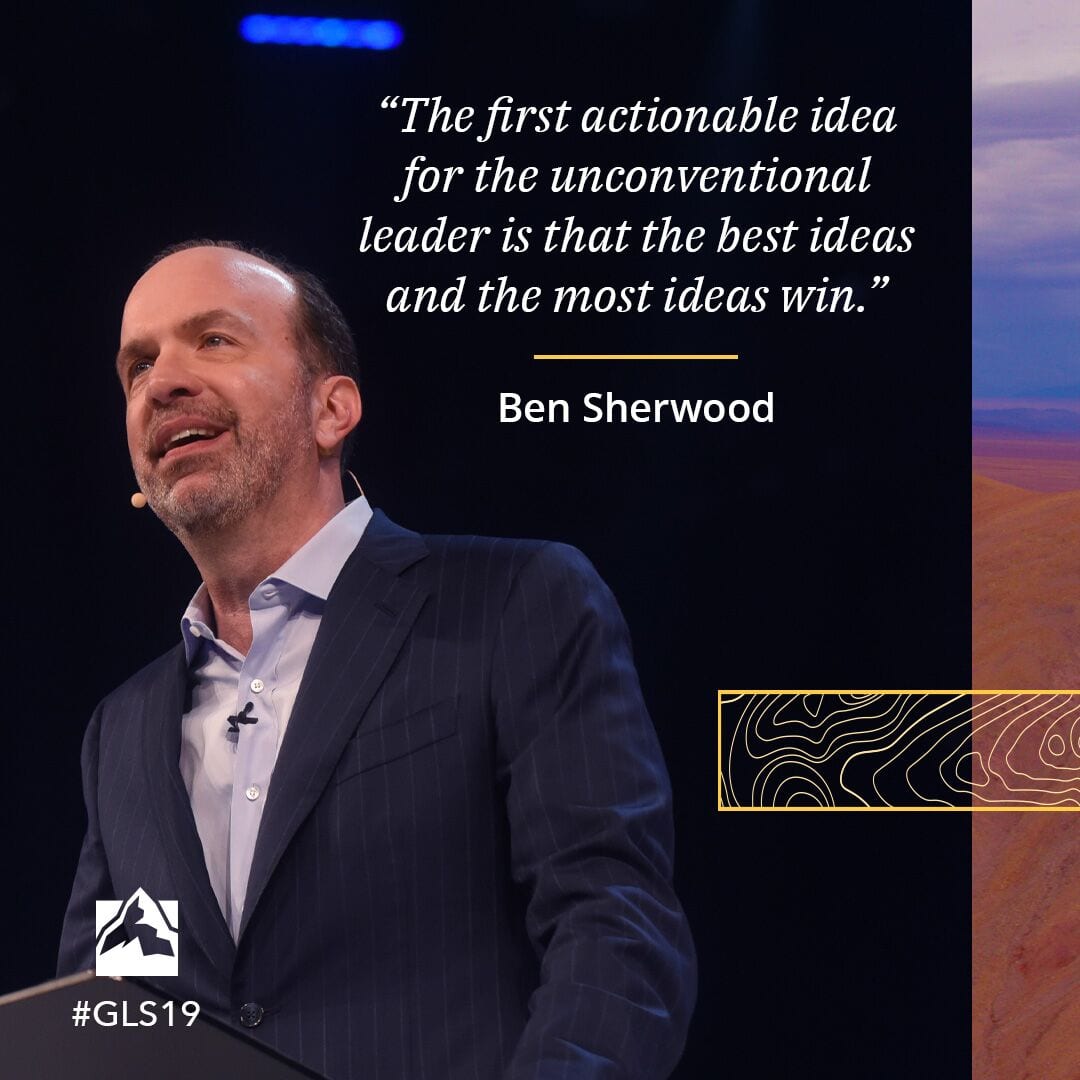

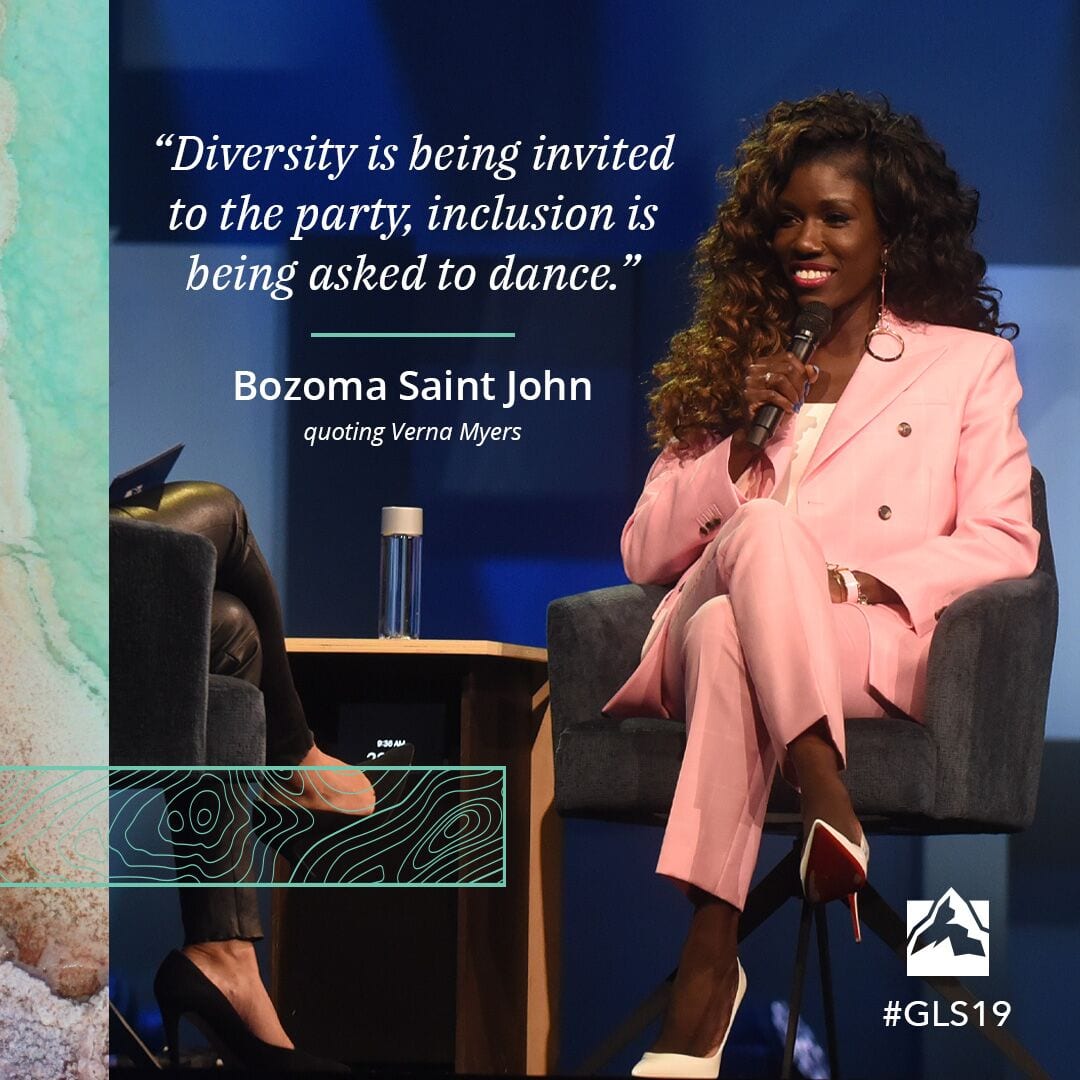

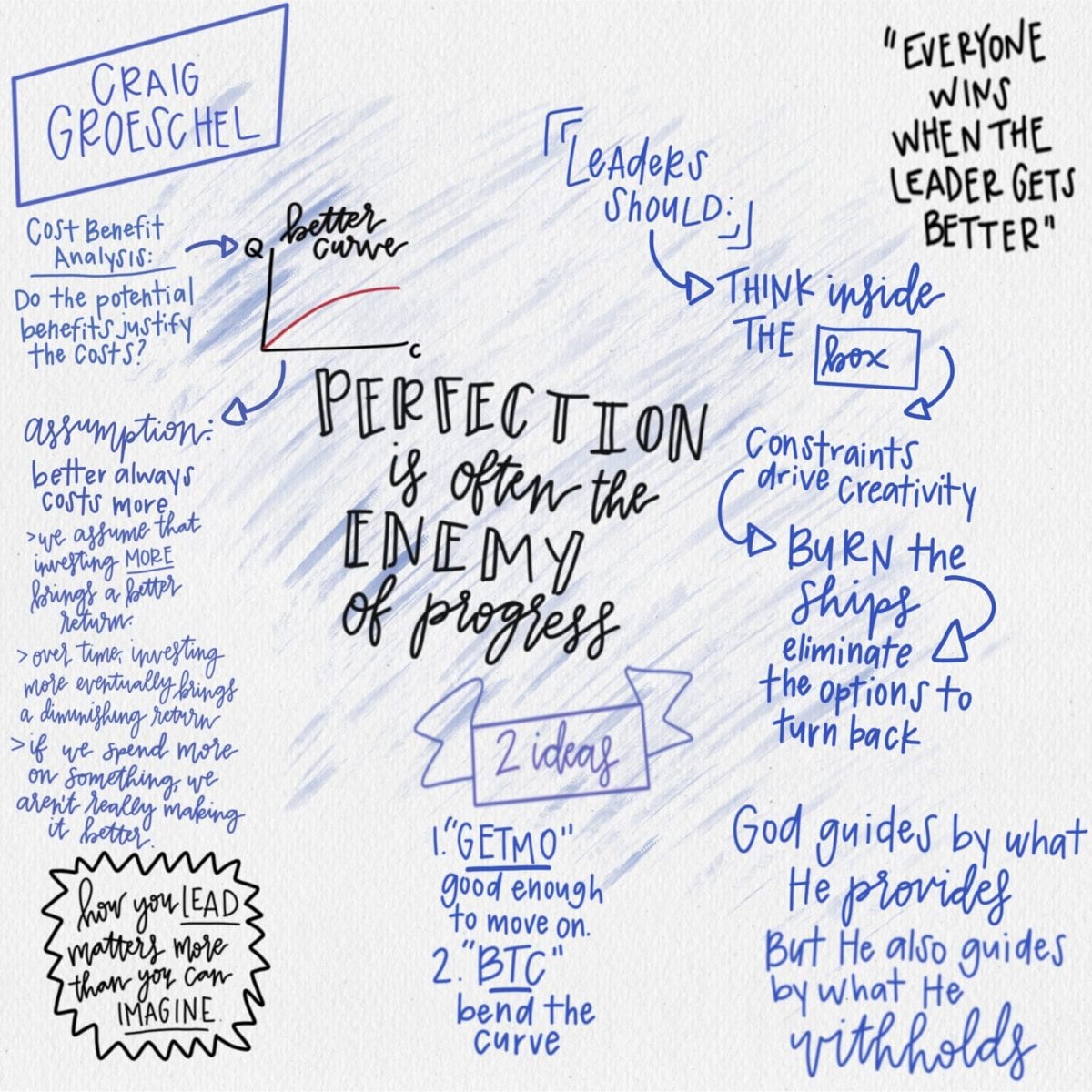

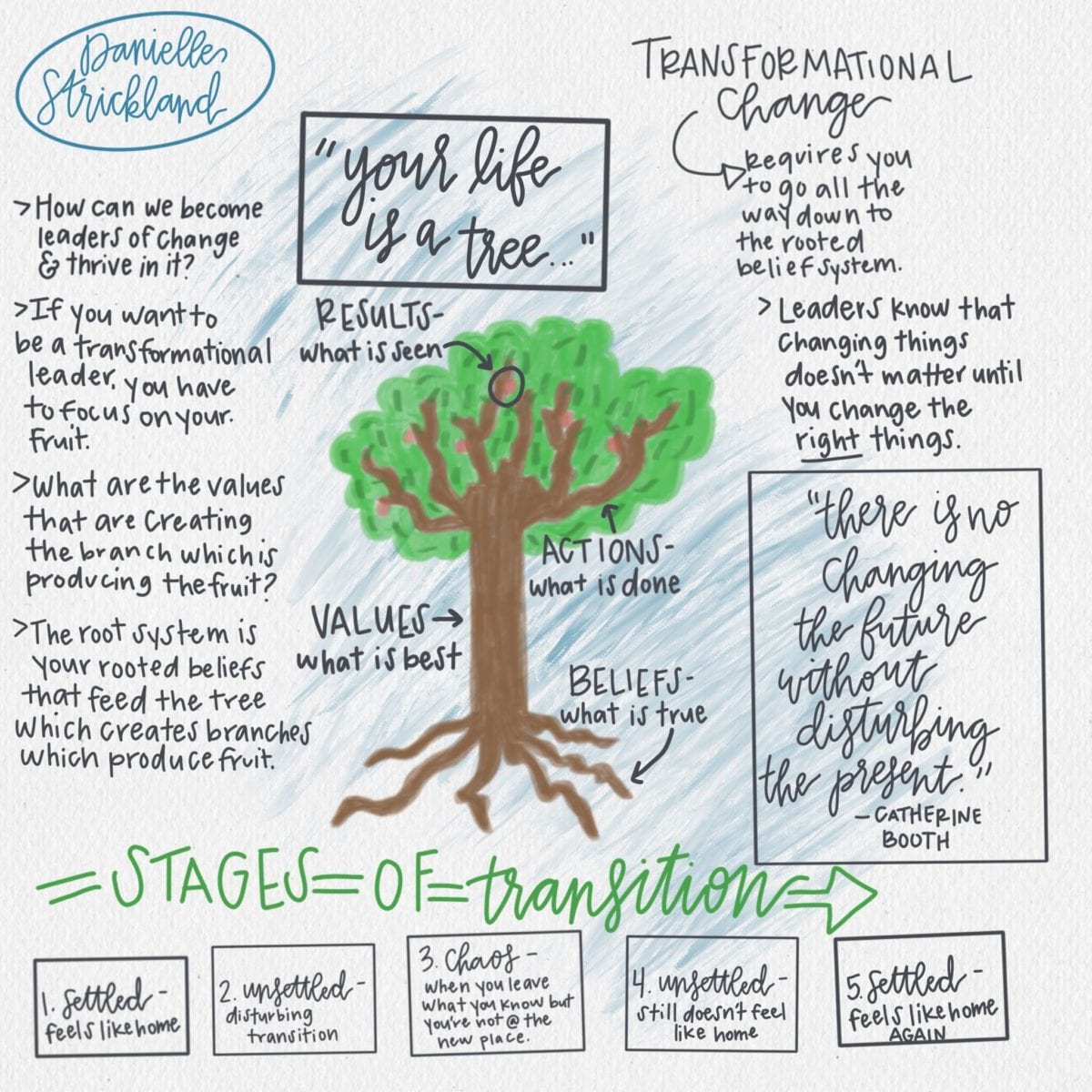


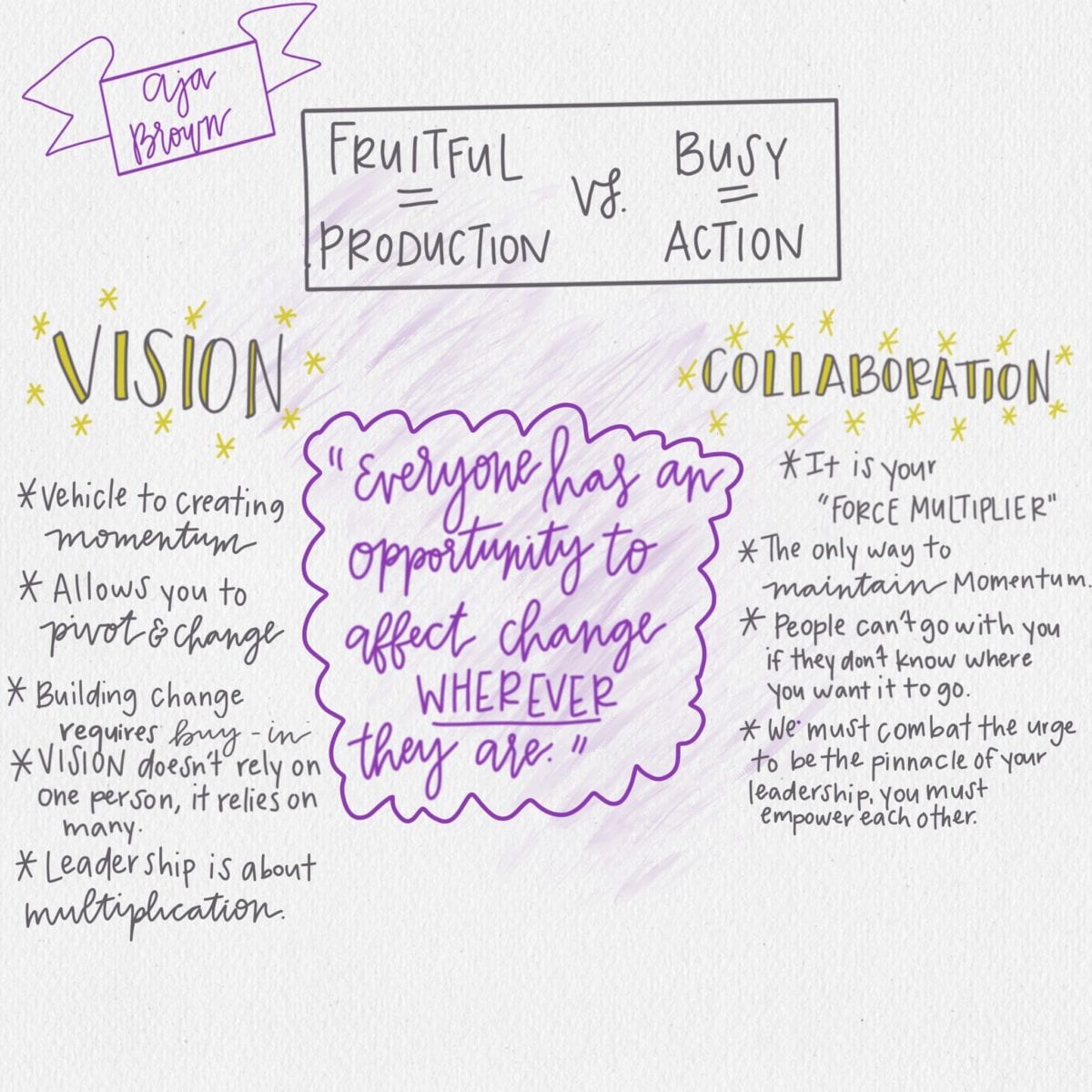
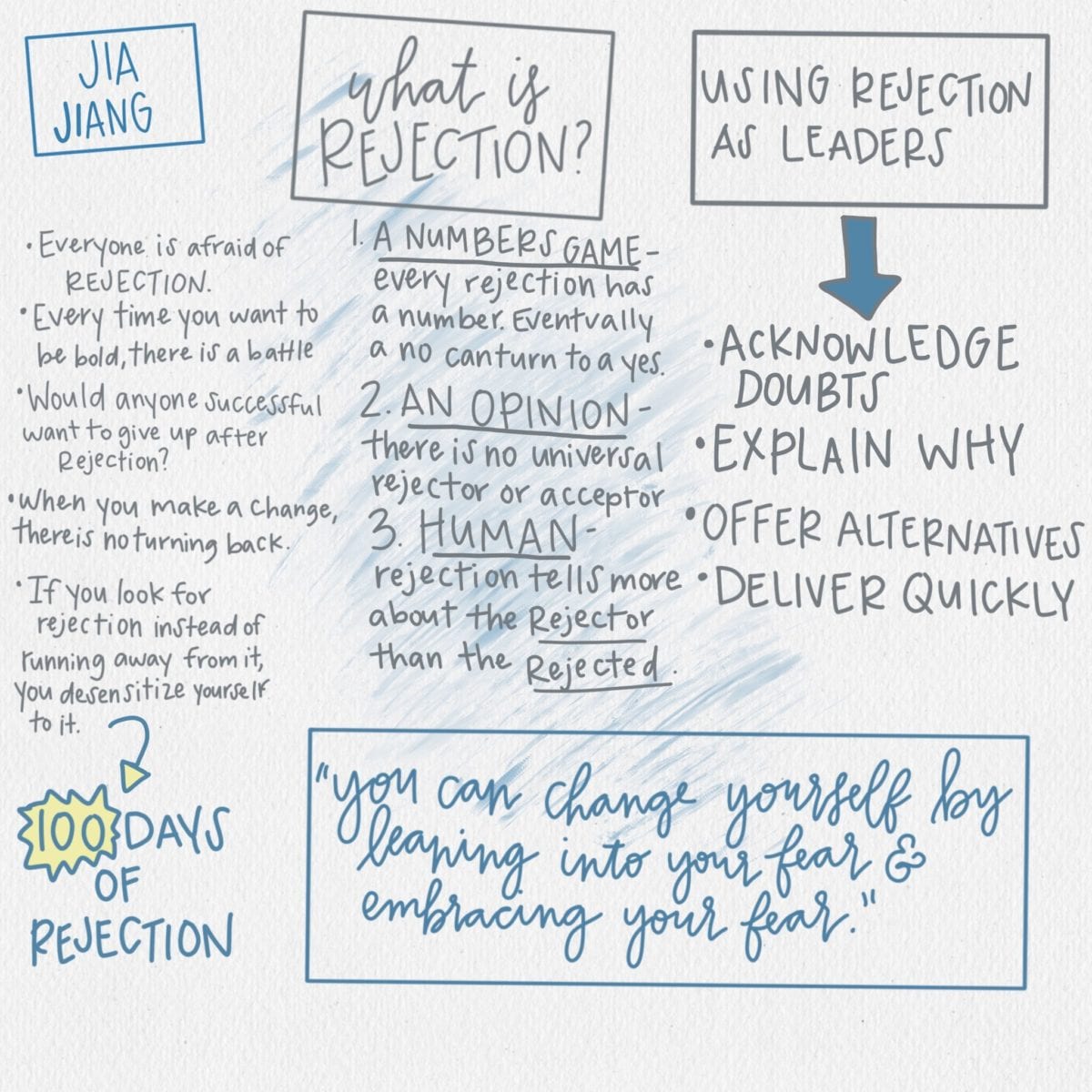
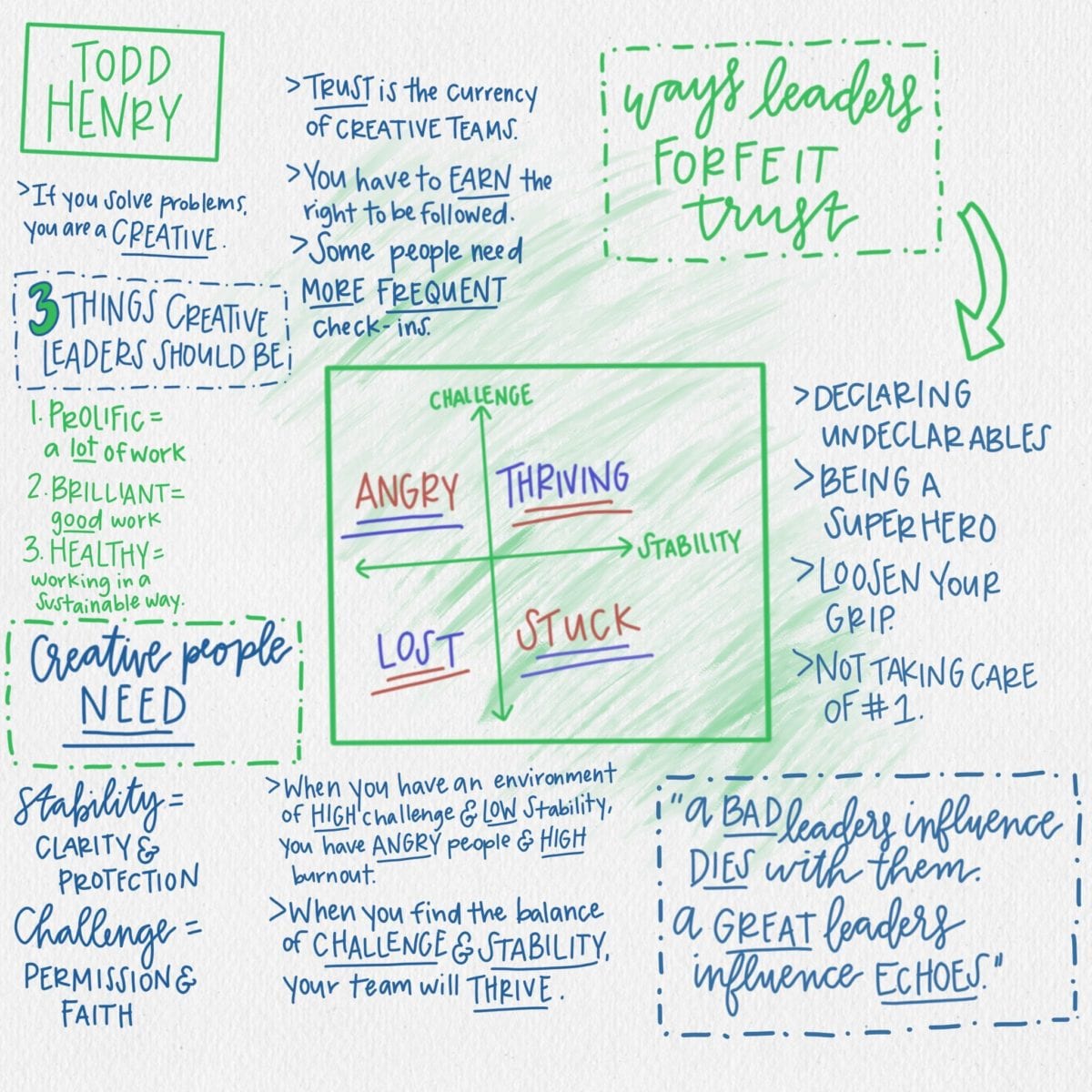

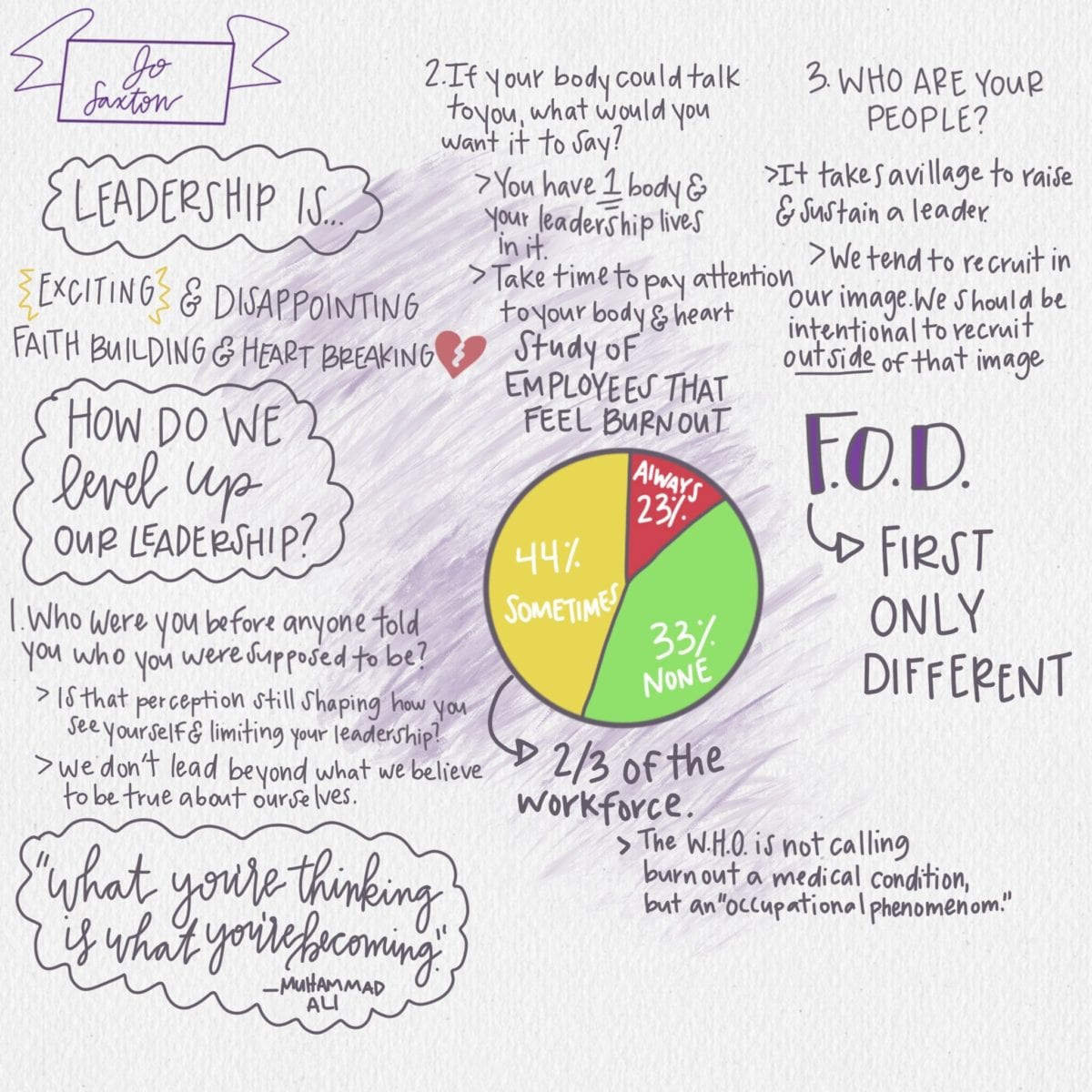

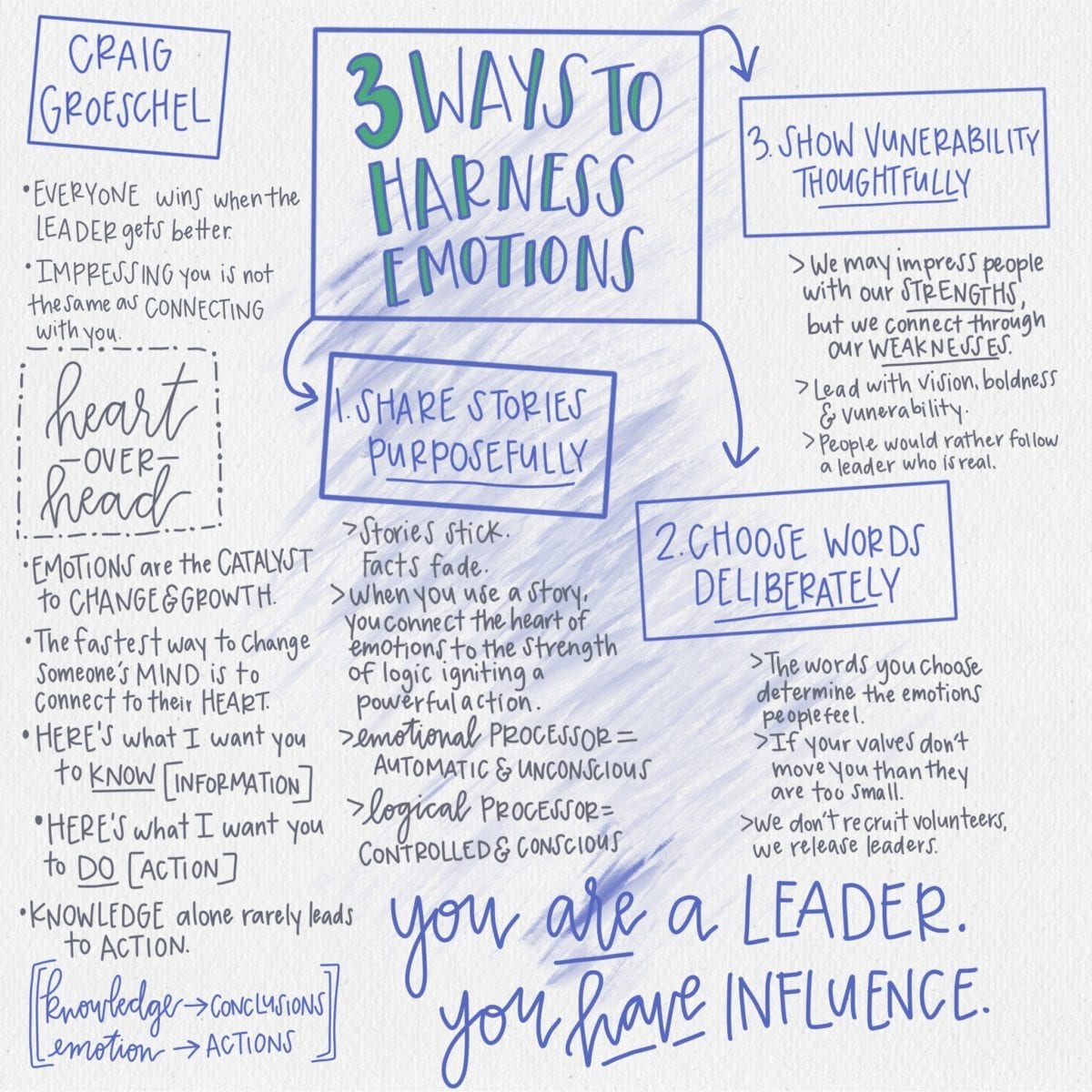

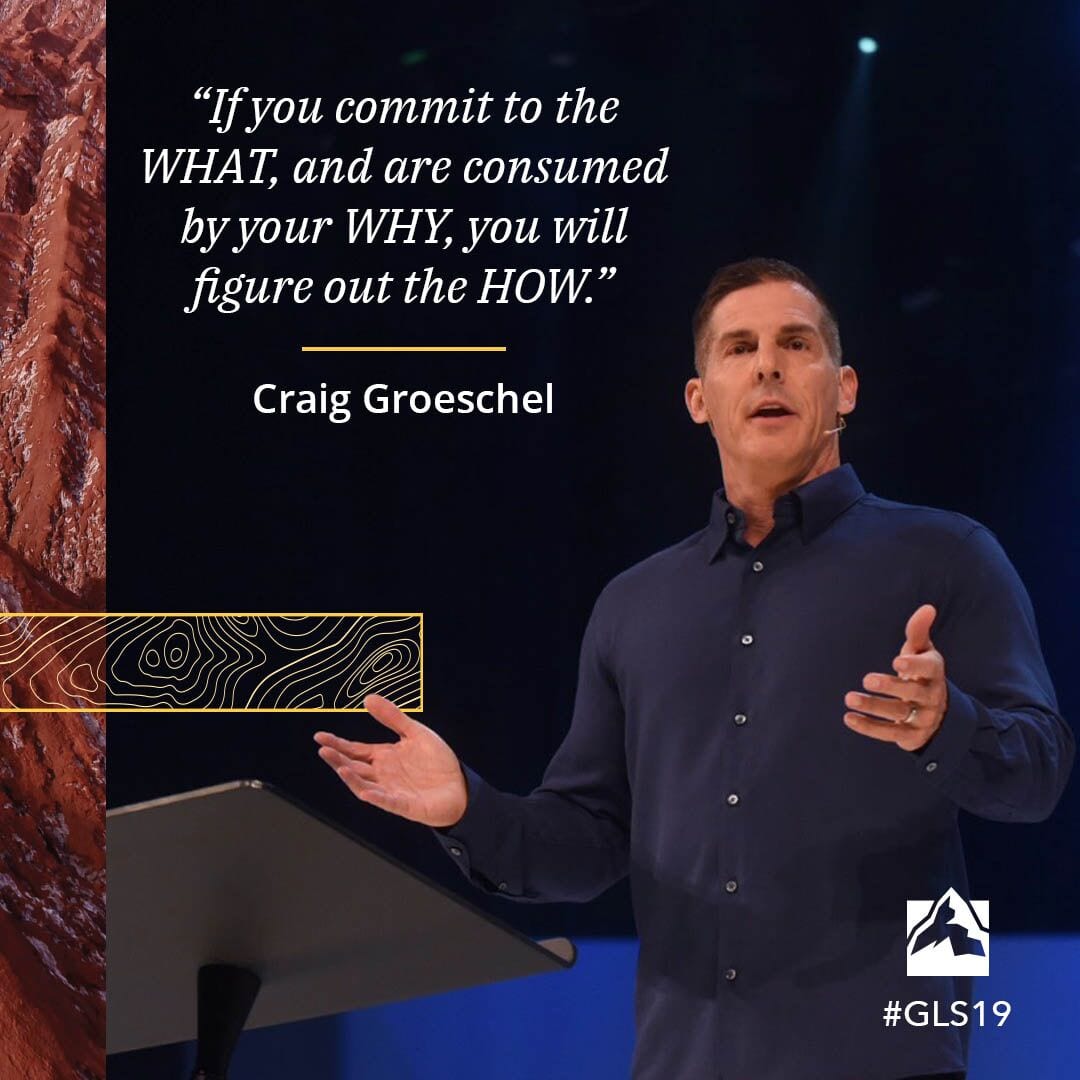

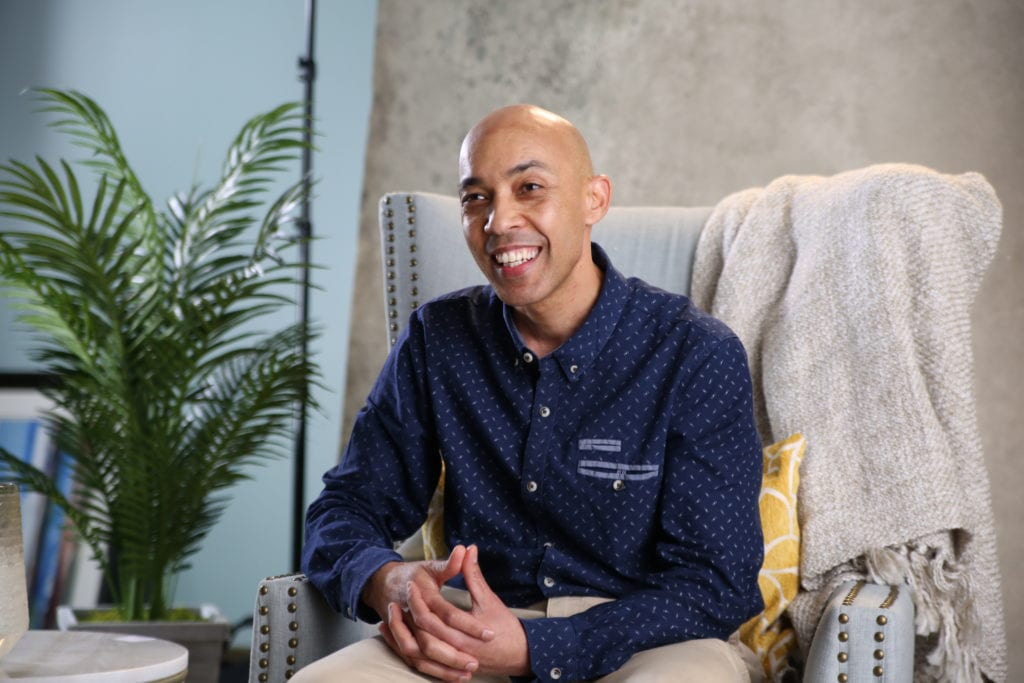 Because of the Summit, I have become a better father and a better husband. God has really challenged me to become a better leader and influencer in that capacity. It also instilled a passion within me to make a difference in people’s lives, and for God to use me to be an influence one life at a time. Thank you very much for the opportunity to learn and grow and be a part of an amazing movement where God is using us in such a supernatural way. We cannot even begin to measure what He is doing. Just to be a catalyst for change has really stirred up a passion within me to keep striving forward.
Because of the Summit, I have become a better father and a better husband. God has really challenged me to become a better leader and influencer in that capacity. It also instilled a passion within me to make a difference in people’s lives, and for God to use me to be an influence one life at a time. Thank you very much for the opportunity to learn and grow and be a part of an amazing movement where God is using us in such a supernatural way. We cannot even begin to measure what He is doing. Just to be a catalyst for change has really stirred up a passion within me to keep striving forward.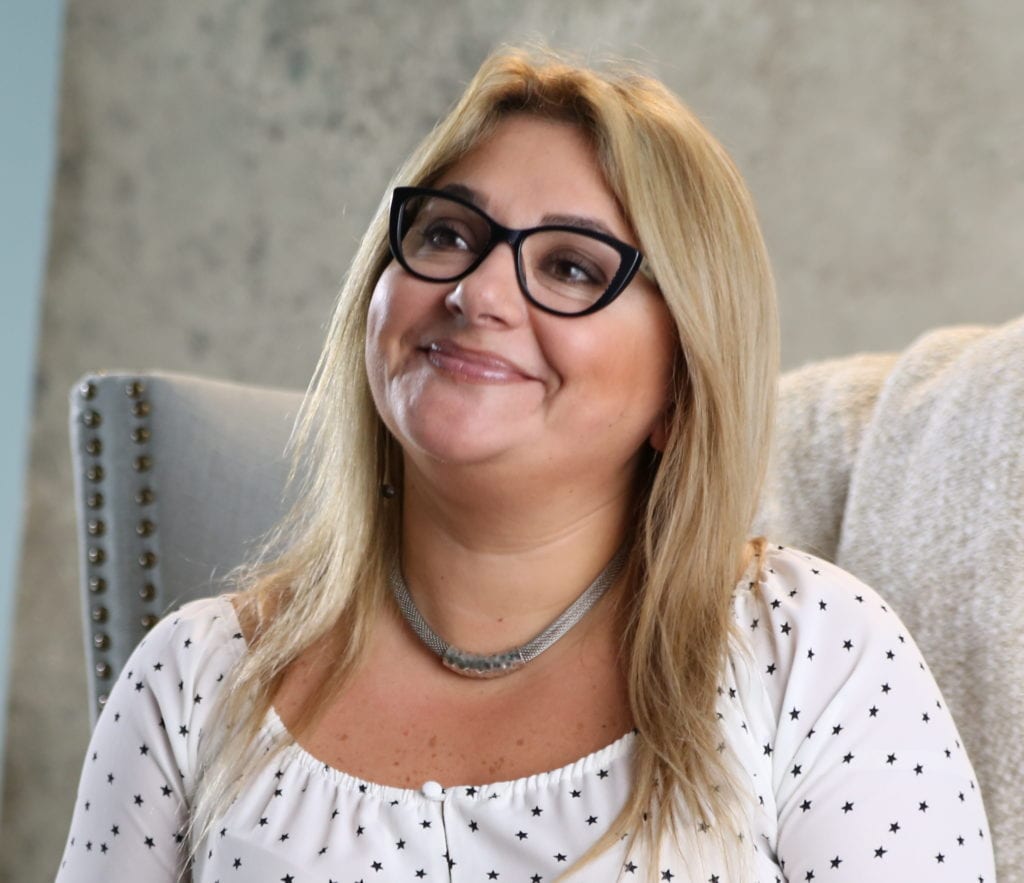 I want to thank all the supporters, donors and believers in the GLS. I know if it wasn’t for your support, your giving, your prayers and for all the work you have been doing these years, GLS wouldn’t be where it is today.
I want to thank all the supporters, donors and believers in the GLS. I know if it wasn’t for your support, your giving, your prayers and for all the work you have been doing these years, GLS wouldn’t be where it is today.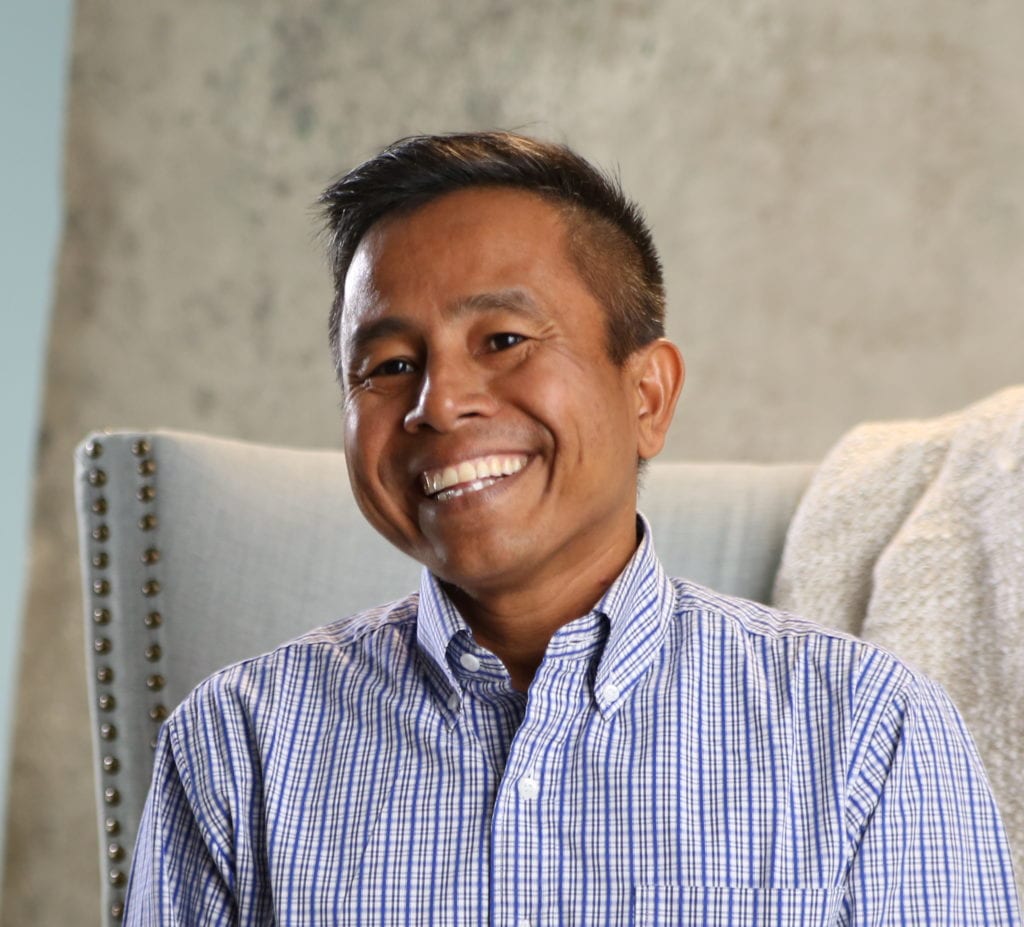 On behalf of me and our team in Cambodia, I want to thank those of you who put your effort, your prayer, your work, your volunteering and your finances toward The Global Leadership Summit. You will change the world. The world is not going to be the same. Your donations, effort and prayers have blessed the world. Thank you so much.
On behalf of me and our team in Cambodia, I want to thank those of you who put your effort, your prayer, your work, your volunteering and your finances toward The Global Leadership Summit. You will change the world. The world is not going to be the same. Your donations, effort and prayers have blessed the world. Thank you so much. I don’t think I would have come this far or achieved so many results if it were not for The Global Leadership Summit. Thank you for calling me and equipping me year after year. It is shaping me to be a great father, husband, friend, boss and leader for my staff and other pastors.
I don’t think I would have come this far or achieved so many results if it were not for The Global Leadership Summit. Thank you for calling me and equipping me year after year. It is shaping me to be a great father, husband, friend, boss and leader for my staff and other pastors. Your financial support has been so much help, especially in Tanzania, Zanzibar and other parts of the world. You have taken the GLS to where it has never been before. Thank you very much!
Your financial support has been so much help, especially in Tanzania, Zanzibar and other parts of the world. You have taken the GLS to where it has never been before. Thank you very much!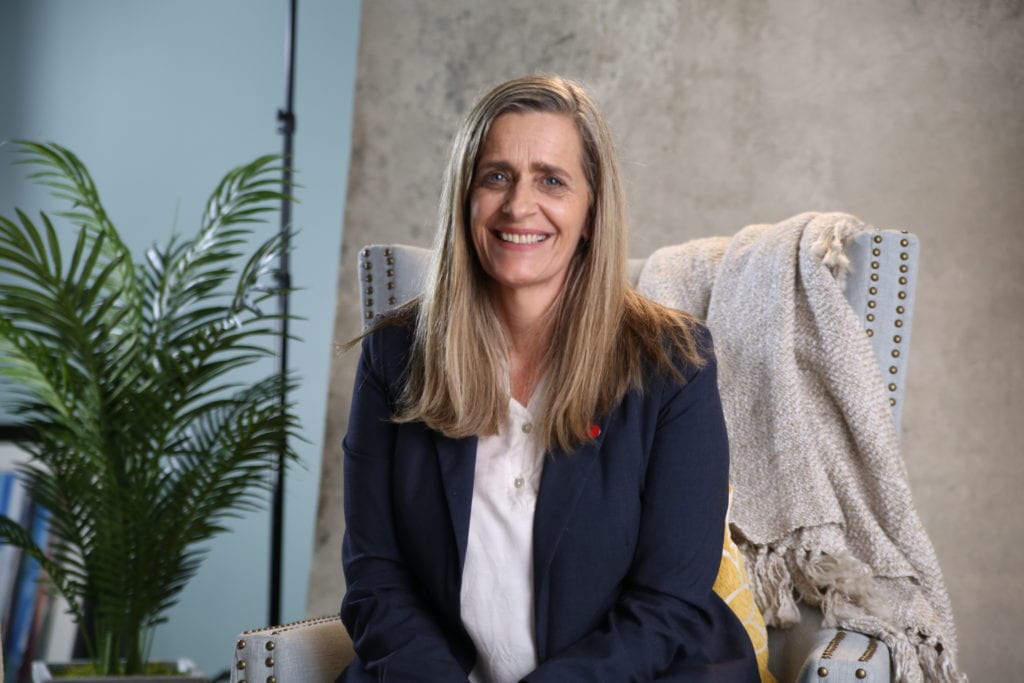 Thank you for your heart to give. Thank you for thinking about countries far away from where you are. You can’t imagine the difference you’re making in so many countries. This is a global movement, and thanks to you, many people are able to sit and listen to this incredible content. So once again, thank you for reaching out to underdeveloped countries like Uruguay.
Thank you for your heart to give. Thank you for thinking about countries far away from where you are. You can’t imagine the difference you’re making in so many countries. This is a global movement, and thanks to you, many people are able to sit and listen to this incredible content. So once again, thank you for reaching out to underdeveloped countries like Uruguay.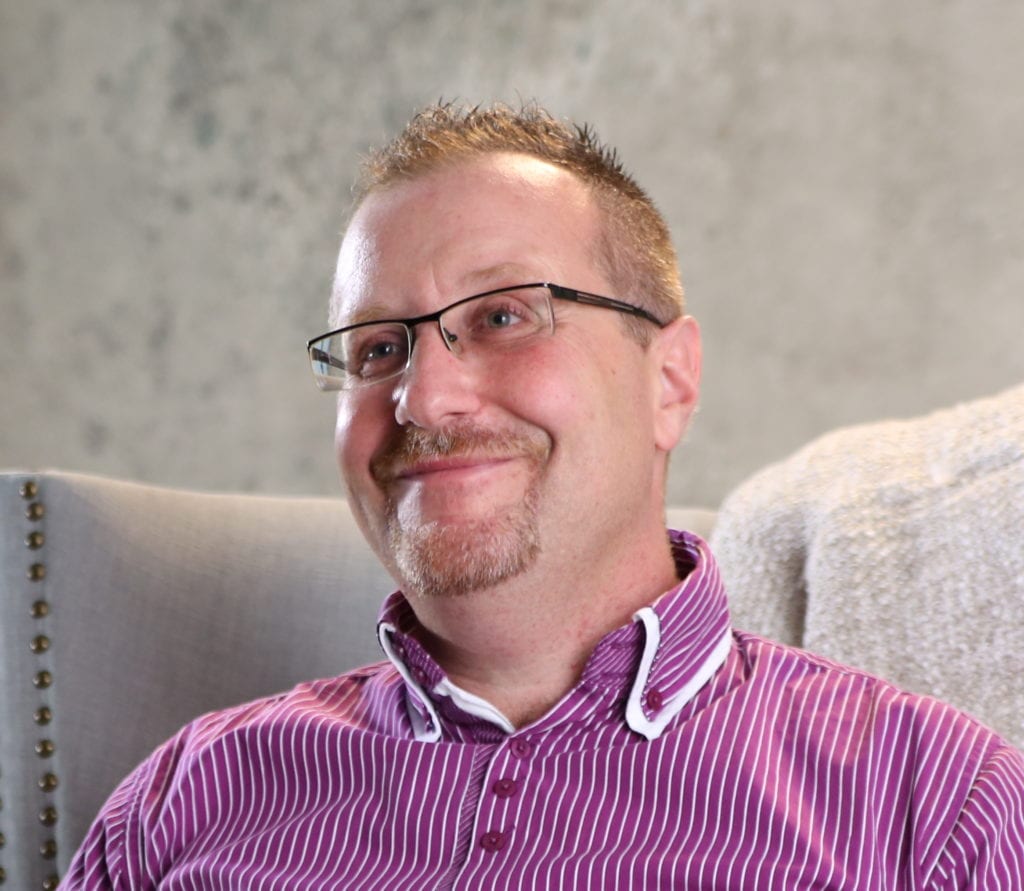 We as Christians are a minority in our country, and there are a lot of spiritual attacks. Sometimes in this work God entrusted me to do, I get a lot of discouragement. But that is part of following Jesus, and I’m very happy that God has been using me. It’s a great opportunity to partner with God.
We as Christians are a minority in our country, and there are a lot of spiritual attacks. Sometimes in this work God entrusted me to do, I get a lot of discouragement. But that is part of following Jesus, and I’m very happy that God has been using me. It’s a great opportunity to partner with God.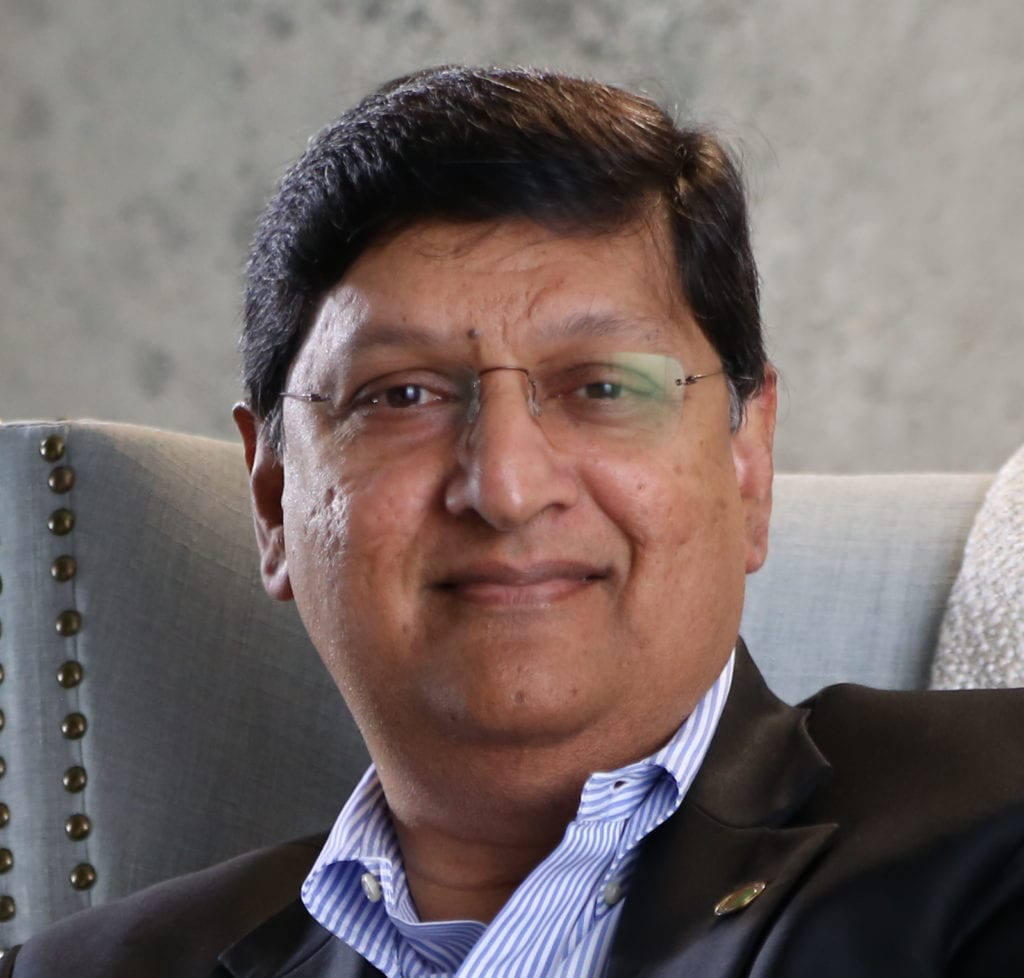 The Global Leadership Summit is a great opportunity for people all around the world to come together to understand what our differences are. It brings us together through our differences. It is the single best opportunity we have to help us share, give and learn together. It allows people from all over the world to host GLS. In the Middle East, this is a huge opportunity. Sometimes there is a shortage of funds and hence I would urge people who can to donate generously to make this even happen in parts of the world where GLS would otherwise never reach. Personally, I have benefited a lot from attending and using the resources of GLS in my sphere of influence. And it is my dream to make this available to more people, not just in Bahrain, but to the whole region of the Middle East. Thank you for helping to make this possible.
The Global Leadership Summit is a great opportunity for people all around the world to come together to understand what our differences are. It brings us together through our differences. It is the single best opportunity we have to help us share, give and learn together. It allows people from all over the world to host GLS. In the Middle East, this is a huge opportunity. Sometimes there is a shortage of funds and hence I would urge people who can to donate generously to make this even happen in parts of the world where GLS would otherwise never reach. Personally, I have benefited a lot from attending and using the resources of GLS in my sphere of influence. And it is my dream to make this available to more people, not just in Bahrain, but to the whole region of the Middle East. Thank you for helping to make this possible.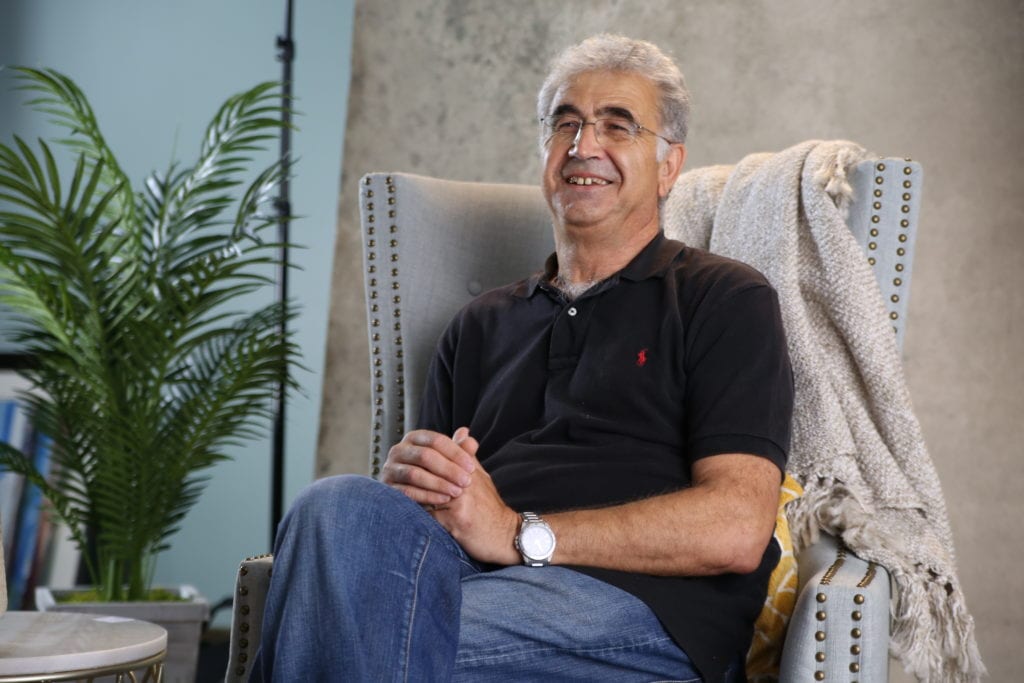


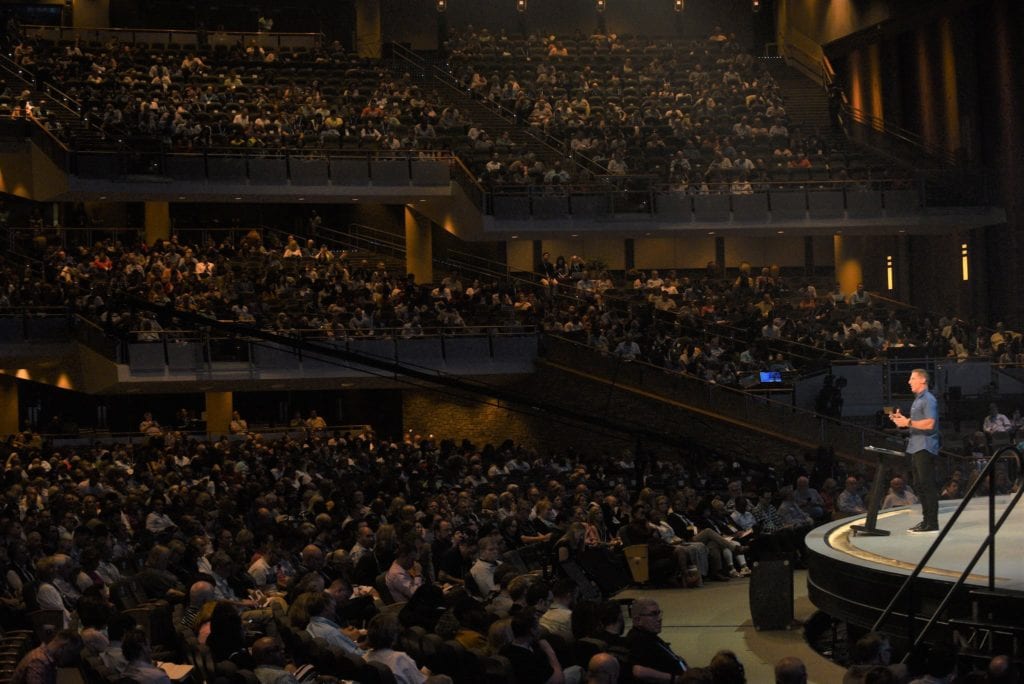 Forces change the direction of our world. We know that leaders are also forces of influence. And you, yes YOU, are a force of influence.
Forces change the direction of our world. We know that leaders are also forces of influence. And you, yes YOU, are a force of influence.


Recent Comments